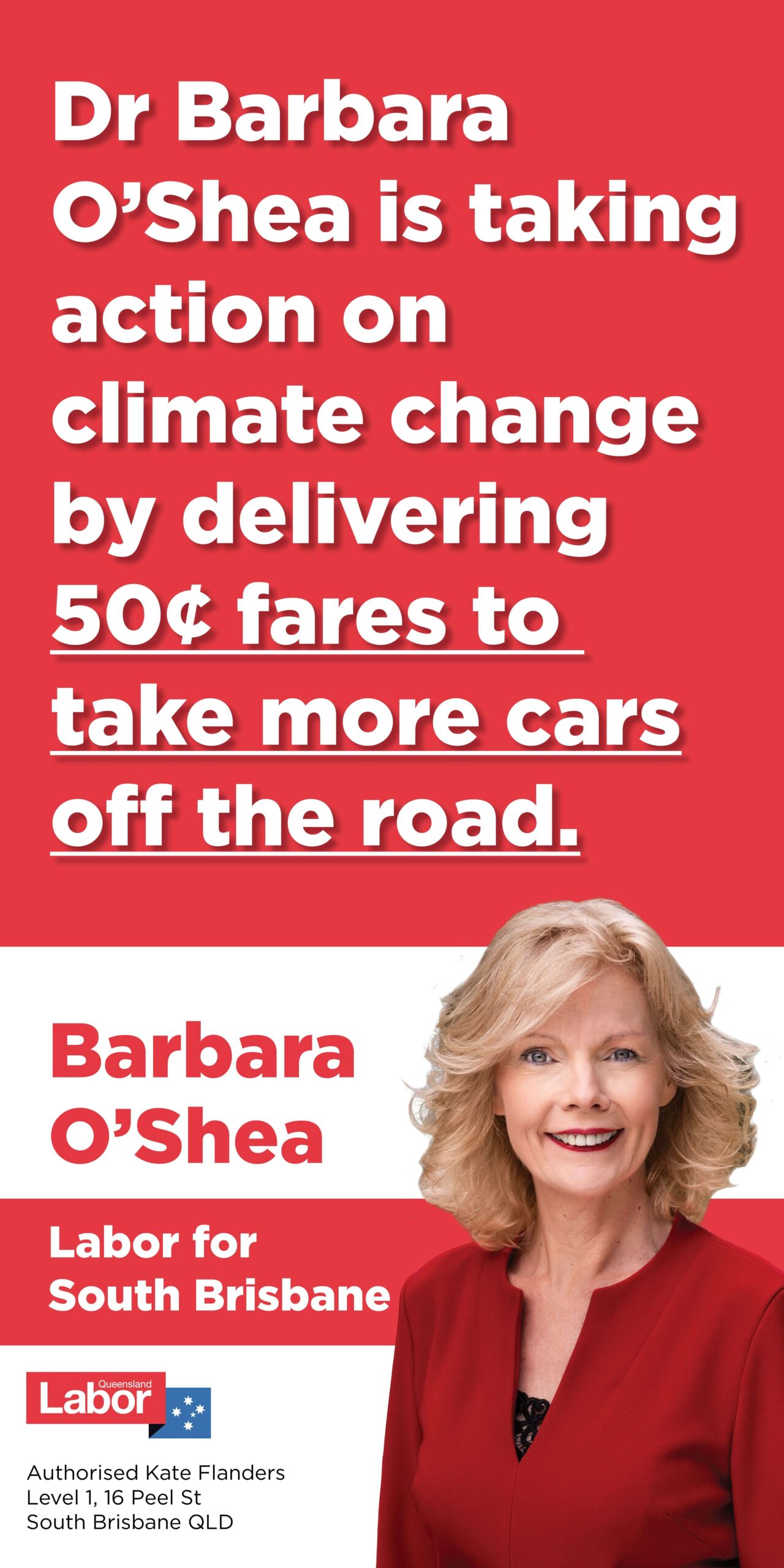In Part 2 of her series, urban researcher Rachel Gallagher, talks about exclusionary zoning, what it is, and how it works.
What is exclusionary zoning?
Exclusionary zoning is catch-all phrase that refers to any type of zoning or planning requirement that prevents low to middle income households from finding housing in an area. While land use zoning cannot explicitly say who can live in a neighbourhood, it can be very effective at increasing the cost of supplying and maintaining housing. Things like low density residential zones, character protections, maximum dwelling yields, setback requirements and minimum car parking requirements prevent the construction of more affordable housing types (like townhouses and apartments) through outright prohibitions or by making the project financially unfeasible. Exclusionary zoning is highly effective at segregating a city based on income.
We all inherently know this. Where there is only one type of dwelling (houses) in a suburb and they all cost about the same, only people who can afford that can live in that neighbourhood. This disproportionately effects households from minority backgrounds or on low incomes.
There is a plethora of research showing how zoning has been used to prevent people of colour from moving into white suburbs in the United States. Previous research shows that zoning restrictions are used to concentrate wealthy households in certain areas of the city. It is a legal way for wealthy communities to block change, diversity, and growth. Research from Melbourne shows strong links between high home values and high levels of planning objection and appeal. Other research from Spain found that less rezoning occurred in areas with closer electoral margins, implying that in tightly contested seats the government is less likely to rezone for more development.
Planning decisions are highly political. Research shows that neighbouring homeowners can be the largest constraint for rezoning, and that more politically connected and wealthy areas are less likely to experience a zoning change that allows for increased density.
Exclusionary zoning in Brisbane
The low density residential zone applies to over 70% of Brisbane’s residential land, limiting new dwellings to additional detached houses. Our research showed that even where multi-family housing is allowed on existing residential land, planning requirements largely prevent anything other than a detached house from being constructed.
From Forest Lake to Yeronga, people are subdividing their backyards and building additional houses – just as the planning scheme intends.




These houses stand in contrast to the small-scale infill that occurs in areas where more diverse housing types are allowed, such as the townhouse development below on Hardgrave Road in West End.


Hardgrave Road, West End
Due to the exclusionary nature of low density residential zones, many urban planners are advocating for their removal. More flexible zoning generally leads to more affordable housing, by providing a mix of lower cost apartments rather than just detached houses. A study of Adelaide saw that wealthy, inner ring suburbs that did not have exclusionary zoning until the 1980s had a greater composition of housing typologies (and therefore more affordable housing) when compared to less expensive suburbs with homogenous, low-density housing – due to the legacy of restricting apartment and townhouse construction.
Auckland, New Zealand removed single family zones across 75% of urban land in 2016 and saw an increase in housing supply with a 10% decrease in median rent to income ratios. This policy change has been viewed as being so successful that New Zealand introduced bipartisan changes in 2022 to permit medium density housing across all the country’s major cities.
There has also been a considered move towards form based codes (rather than codes based on land use) in Canada and the United States. A ‘form based’ code is one that focuses on specific built environment outcomes like height or bulk of the building. It ensures predictability, and good planning schemes can create high quality urban areas, but it allows a mix of activities to occur inside.
READ PARTS ONE AND THREE HERE
PART ONE – What is inclusionary zoning and how is it different to social housing?
PART THREE – How did exclusionary zoning come to cover most of Brisbane’s residential land?
Cover image, Jan Bowman, story images by Rachel Gallagher


